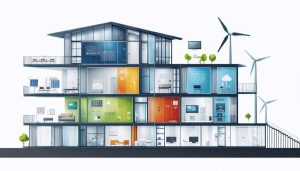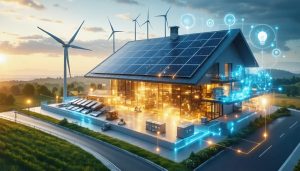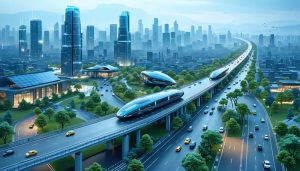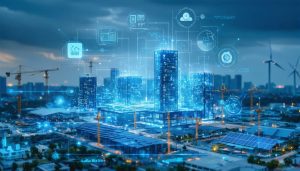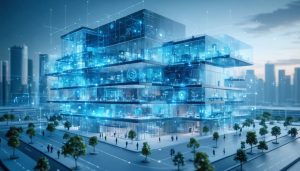
Smart IoT Energy Systems Are Transforming Modern Building Management
Transform industrial energy consumption through Internet of Things (IoT) integration, revolutionizing how modern facilities monitor, analyze, and optimize their power usage. Advanced IoT sensors, coupled with sophisticated building energy management systems, now deliver unprecedented control over energy infrastructure, reducing operational costs by up to 30% while enhancing sustainability metrics.
Real-time data analytics from interconnected smart devices enable facility managers to …

